Do Solar Fence Lights Stay On All Night?
Why Homeowners Love Solar Fence Lights
Solar fence lights are a go-to for folks wanting to light up their yards without jacking up the electric bill. These nifty devices soak up sunlight during the day and glow through the night, adding charm and safety to fences, pathways, or gardens. But the big question is: can solar fence lights really last from dusk to dawn? Let’s dig into how long they run, what affects their performance, and how to make them go the distance.
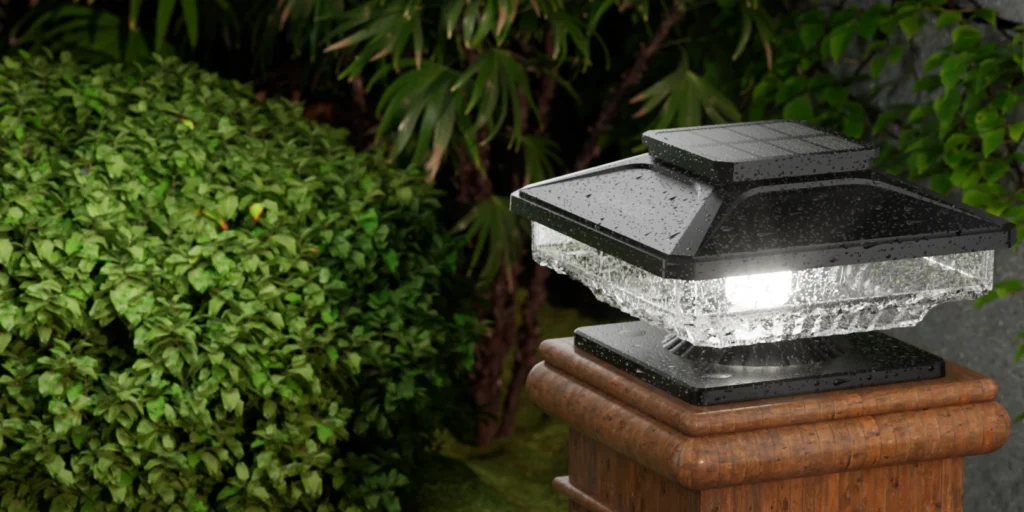
How Long Do Solar Fence Lights Last?
On a full charge, most solar fence lights keep shining for 6–10 hours, enough to cover most nights. Here’s a quick look at typical runtimes:
- Low-Brightness Models (50–100 lumens): Often last 8–12 hours, perfect for decorative glow along fences.
- Medium-Brightness Models (100–300 lumens): Run 6–10 hours, balancing ambiance and visibility.
- High-Brightness Models (300–600 lumens): May last 4–8 hours, as brighter LEDs drain batteries faster.
A full charge typically comes from 6–8 hours of direct sunlight. If you’re in a region with long nights (think winter), you’ll need to pick models wisely to ensure they last.
What Impacts Their Runtime?
Several factors determine how long solar fence lights stay on. Knowing these helps you choose the right ones:
- Battery Size: Measured in milliamp-hours (mAh), bigger batteries (1,800–3,000 mAh) store more energy, extending runtime. Smaller ones (600–1,200 mAh) may fall short on longer nights.
- Sunlight Hours: Lights need 6–8 hours of direct sun to fully charge. Shady spots or short winter days can cut performance.
- LED Efficiency: Modern LEDs use less power, so high-efficiency bulbs stretch battery life compared to older models.
- Usage Mode: Constant-on modes drain batteries faster than motion-sensor or dimming modes, which conserve energy when no one’s around.
Picking solar fence lights with larger batteries and efficient LEDs makes a big difference, especially in less sunny climates.
Weather and Seasons: How They Affect Performance
Mother Nature plays a big role in how solar fence lights perform. Here’s how weather and seasons shake things up:
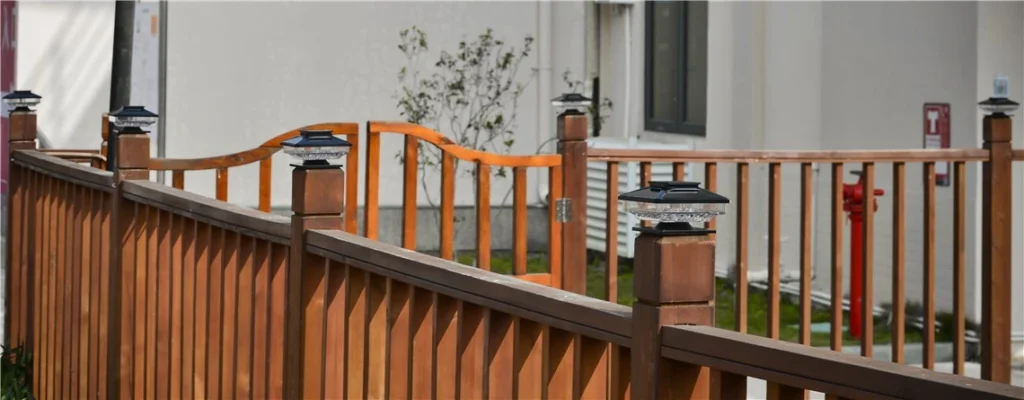
- Sunny Days: Ideal conditions—6–8 hours of sunlight mean a full charge and maximum runtime.
- Cloudy or Rainy Weather: Reduced sunlight can drop charging efficiency by 50% or more, cutting runtime to 3–6 hours.
- Winter Months: Shorter days and weaker sunlight mean less charge, so lights may only last 4–7 hours. In extreme cases, they might not make it through the night.
- Extreme Cold: Low temperatures can reduce battery efficiency, though most modern solar fence lights use lithium-ion batteries designed to handle cold better than older NiMH ones.
If you live in a cloudy or northern region, consider models with high-capacity batteries or backup charging options to keep your lights glowing.
Tips to Make Solar Fence Lights Last Longer
Want your solar fence lights to shine all night? Try these practical tips:
- Choose High-Capacity Batteries: Go for models with 2,000 mAh or higher to ensure longer runtime, especially in winter.
- Optimize Placement: Install lights in spots with direct sunlight, avoiding shade from trees, buildings, or fences. South-facing locations are best in the Northern Hemisphere.
- Clean Panels Regularly: Dust, dirt, or snow on solar panels cuts charging efficiency. Wipe them down monthly with a damp cloth.
- Use Motion Sensors: Lights with motion detection only activate when needed, saving battery for longer nights.
- Adjust Brightness: Some models let you dial down brightness to extend runtime—great for decorative rather than security purposes.
- Consider Larger Panels: Lights with bigger solar panels charge faster and store more energy, boosting performance in low-sun conditions.
By tweaking installation and choosing the right solar fence lights, you can stretch their glow to cover those long winter nights.
Common Pitfalls to Avoid
Even the best solar fence lights have limits. Here are some gotchas to watch for:
- Overly Ambitious Expectations: Don’t expect low-budget models (under $10) to last all night in winter—they often have small batteries.
- Poor Placement: Installing lights in shaded spots or under eaves can starve them of sunlight, slashing runtime.
- Neglecting Maintenance: Dirty panels or loose connections can weaken performance over time.
- Ignoring Local Weather: If you’re in a rainy or cloudy area, prioritize weatherproof models (IP65 or higher) with robust batteries.
Taking a few minutes to plan your setup and maintain your lights can prevent these headaches.
Conclusion: Reliable Nightly Glow with the Right Choices
Solar fence lights are a fantastic way to add charm and safety to your home without wiring or high costs. Most models last 6–10 hours on a full charge, covering typical nights, but their performance depends on battery size, sunlight, and LED efficiency. By choosing high-capacity batteries, optimizing placement, and using motion-sensor modes, you can ensure your solar fence lights stay on from dusk to dawn, even in tricky weather. While they’re not perfect for every scenario, picking the right model and maintaining it properly makes them a reliable, eco-friendly choice for most homes.

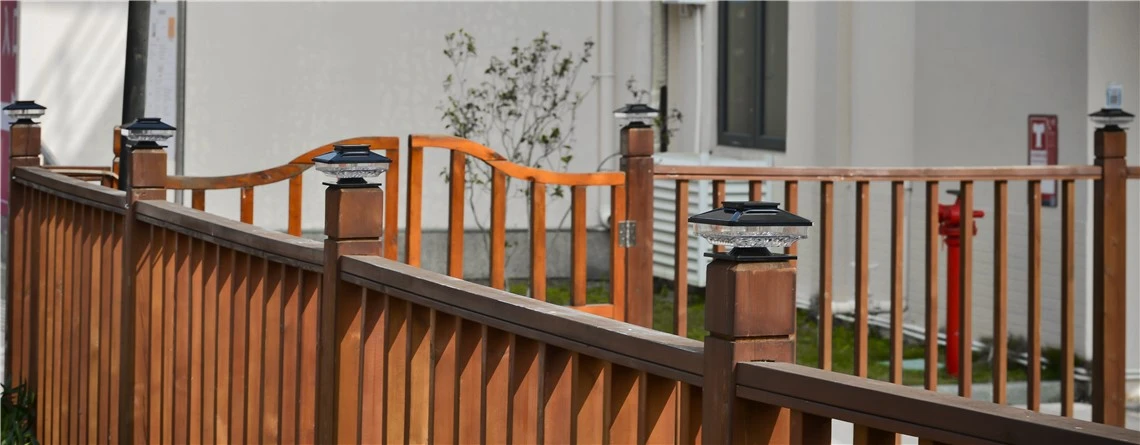


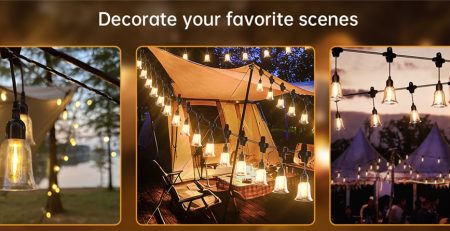
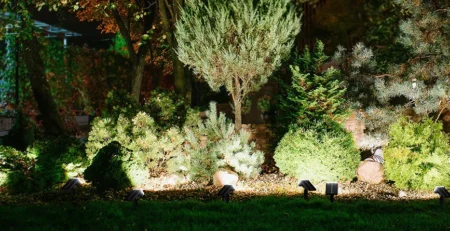

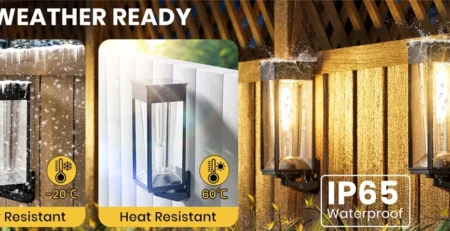
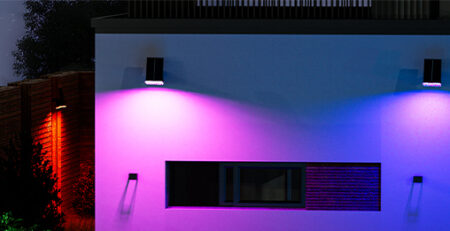
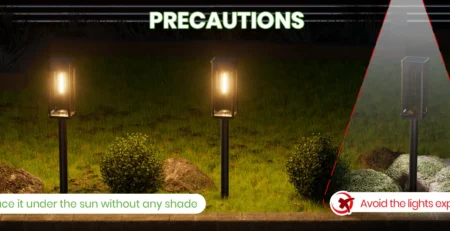
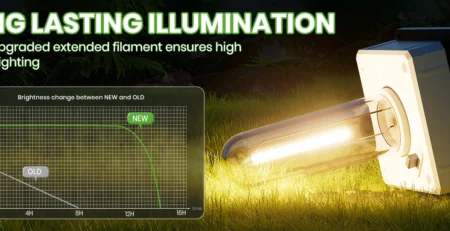
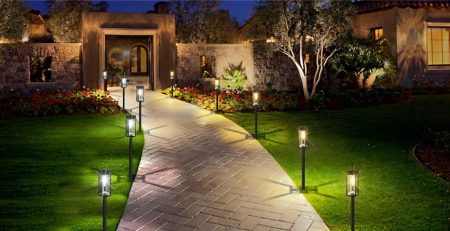
Leave a Reply